Two flourishes of Tver
Between Two Capitals
Tver is located 180 km north-west of Moscow on the banks of the famous Volga River. This is one of the oldest settlements in Russia, founded in the middle of the 12th century. Conveniently located on the Volga trade routes, Tver has gained a reputation as a guardian of traditions and a center of literacy but failed to become a unifier of Russian lands. During the years of the Tatar-Mongol yoke, Tver became a center of resistance, however at the end of the 15th century it became part of the Muscovite state.
Terrible fire accident destroyed all the historical artefacts of the ancient Russian principality including Kremlin in 1763, but in return, Tver got a new architectural plan. Catherine II assigned a special purpose to the provincial capital: an exemplary provincial city in Russia. It was from here that the Empress decided to begin the modernization of urban ensembles of the entire country, bringing them to European standards. The famous architects of St. Petersburg have restored the city in stone so that it looks imperial and the city plan is similar to the one of St. Petersburg.
short city information
LOCAL TIME | UTC+3 |
|---|---|
CLIMATE | Temperate |
POPULATION | 425 thousand people |
HOW TO GET | 3 hours by bus from Moscow |
HIGHLIGHT | En Route Imperial Palace, Kalyazin, Seliger lake |
types of tourism

Excursion

religious

eco

Culinary
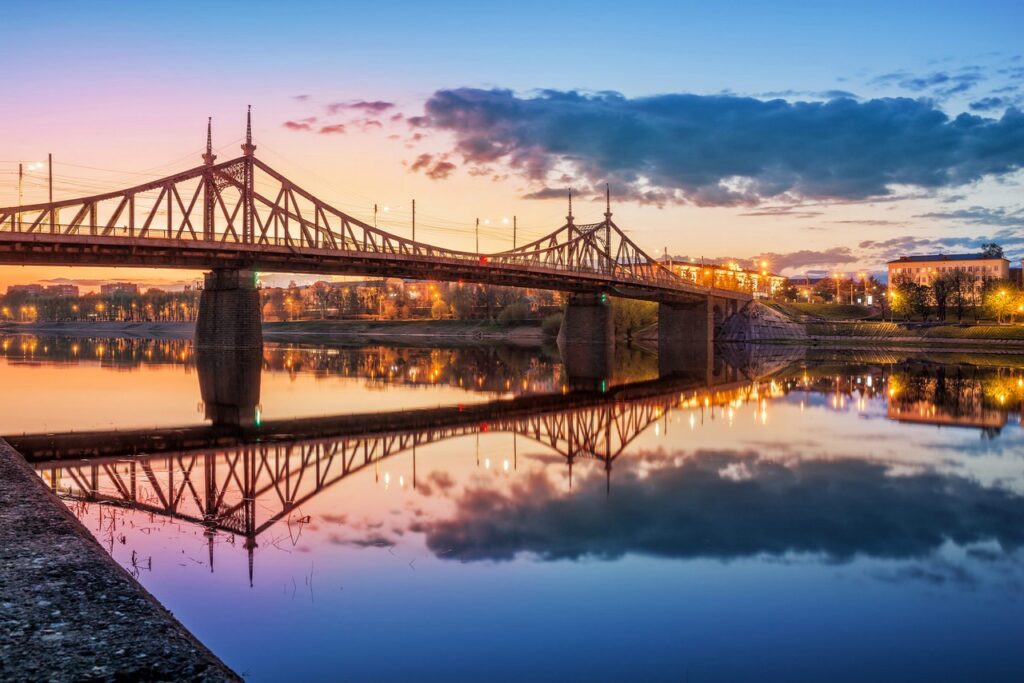
City streets guide
Strolling Around
The oldest surviving stone building in the city is the church “White Trinity”, built by the Moscow merchant in 1564. And if you want to see the city rebuilt after a fire, you need to take a stroll along the embankments, such as Stepan Razin: there you will find well-preserved post-fire buildings of 18th century with a so-called solid facade. Besides, here you can see vivid examples of Soviet architecture: the “House of Voroshilov Riflemen” of the Stalin era and the “Zvezda” cinema in the style of late constructivism.
Now go to the left bank of the river along the Old Volga bridge. It was this bridge that became the first one across the Volga, and it is also very similar to the Freedom Bridge in Budapest. On the left bank, we advise you to visit the botanical garden of Tver University, inside which the landscape of the ancient city has been partially preserved.
En Route Imperial palace
By the Will of the Empress
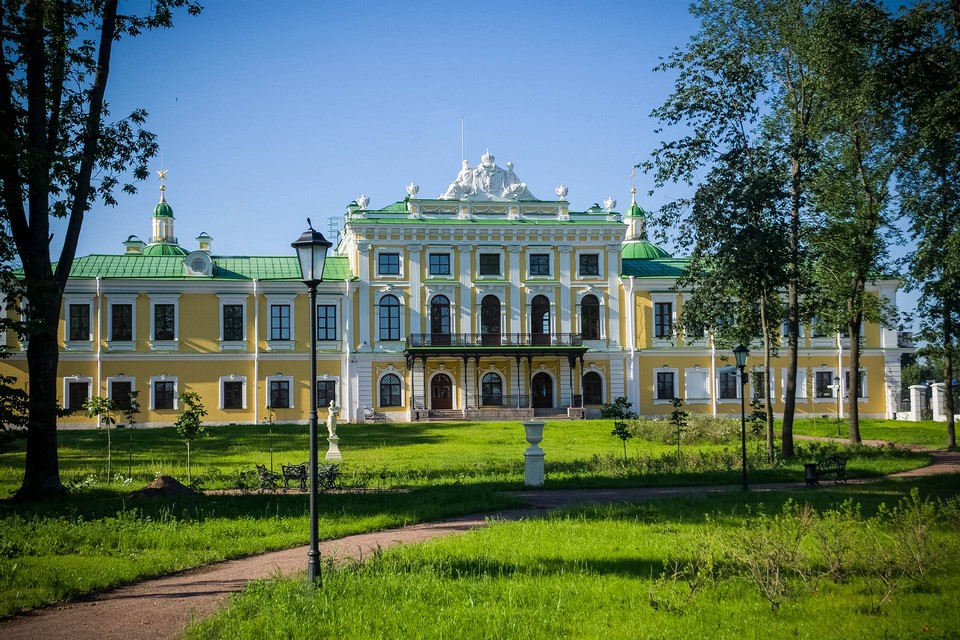
The palace was intended for the repose of the imperial family members on the way from St. Petersburg to Moscow. Catherine loved the “ideal city” she created and willingly visited the palace during her frequent travels throughout the empire. At the beginning of the 19th century, under the guidance of Princess Yekaterina Pavlovna, sister of Alexander I, the palace turned into the center of social life in the Tver province: famous writers and artists were welcomed there.
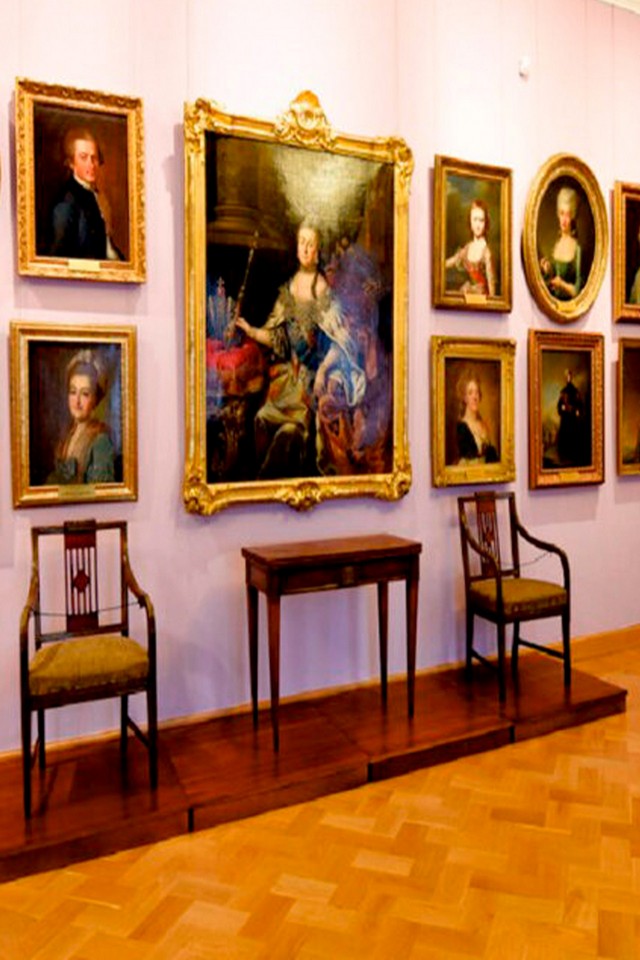
Photos provided by En Route Imperial Palace, Tver
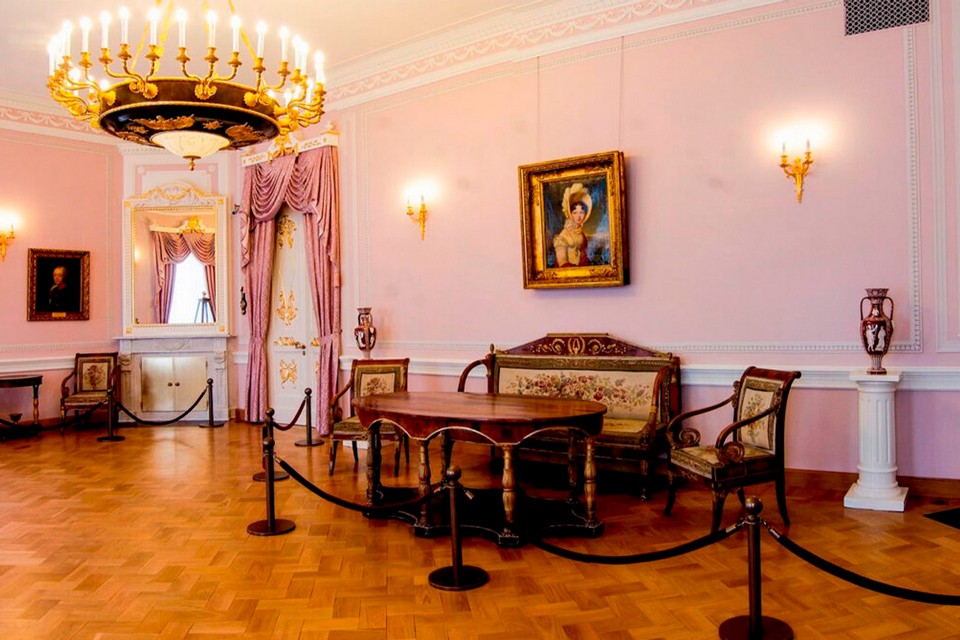
Torzhok
Not only Chicken Kiev
In about an hour, you can get from Tver to Torzhok, one of the most ancient cities in Russia. It is worth visiting Novotorzhsky Boris and Gleb Monastery, with its beautiful architectural ensembles, and Church of the Tikhvin Icon of Our Lady – a striking example of ecclesiastical wooden architecture.
But that is not all. A trip to Torzhok, an old town in the Tver region, is a journey for the tasting of … pozharsky cutlets. Legend claims that the founder of an inn and a tavern in Torzhok, Dmitry Pozharsky, hosted Emperor Alexander I. Suddenly there was no veal for the cutlets requested by the emperor for breakfast, and it was hastily replaced with chicken. Alexander I liked the tender and airy cutlets, and he allegedly named them Pozharsky. Since then, the cutlets not only became a symbol of the city but also gained fame throughout the country.
Seliger lake and the source of Volga
A Lake of Many Lakes
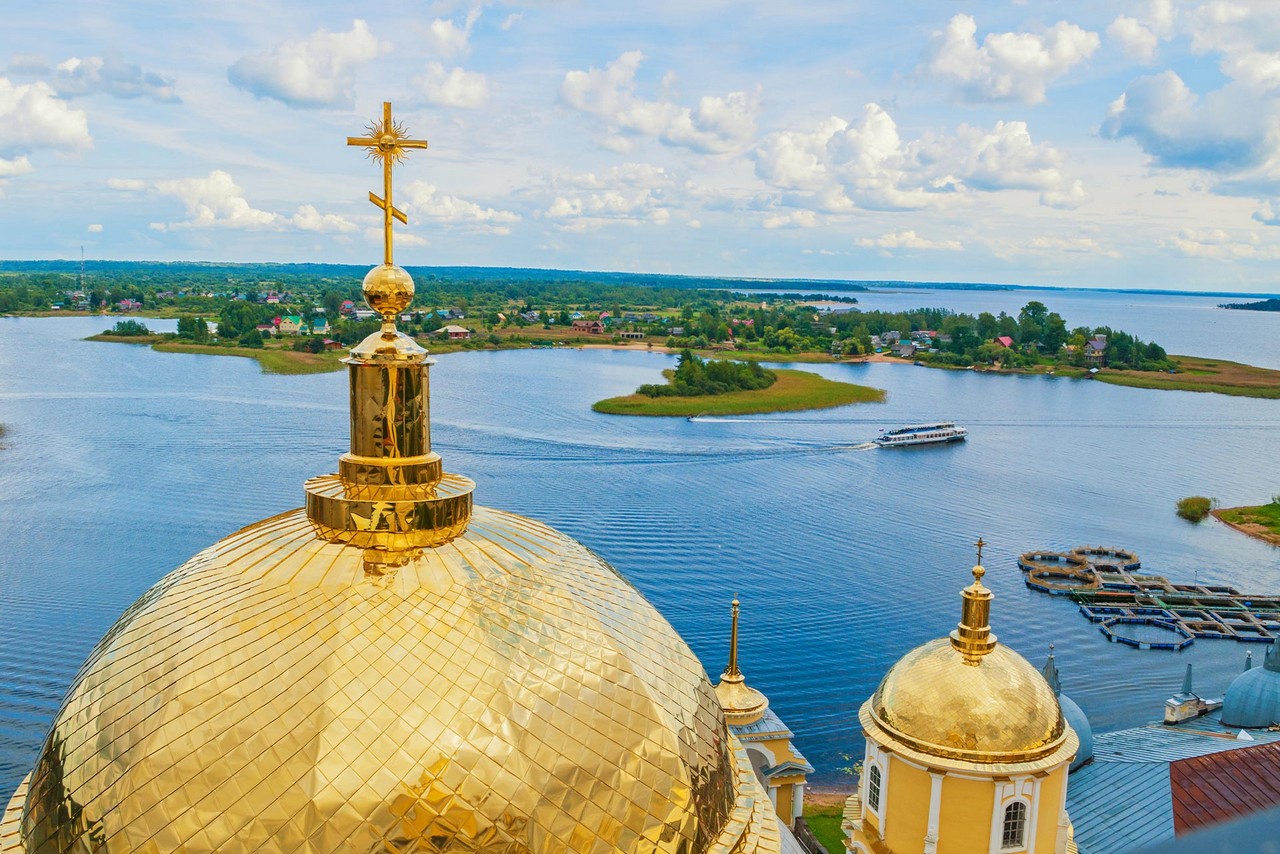
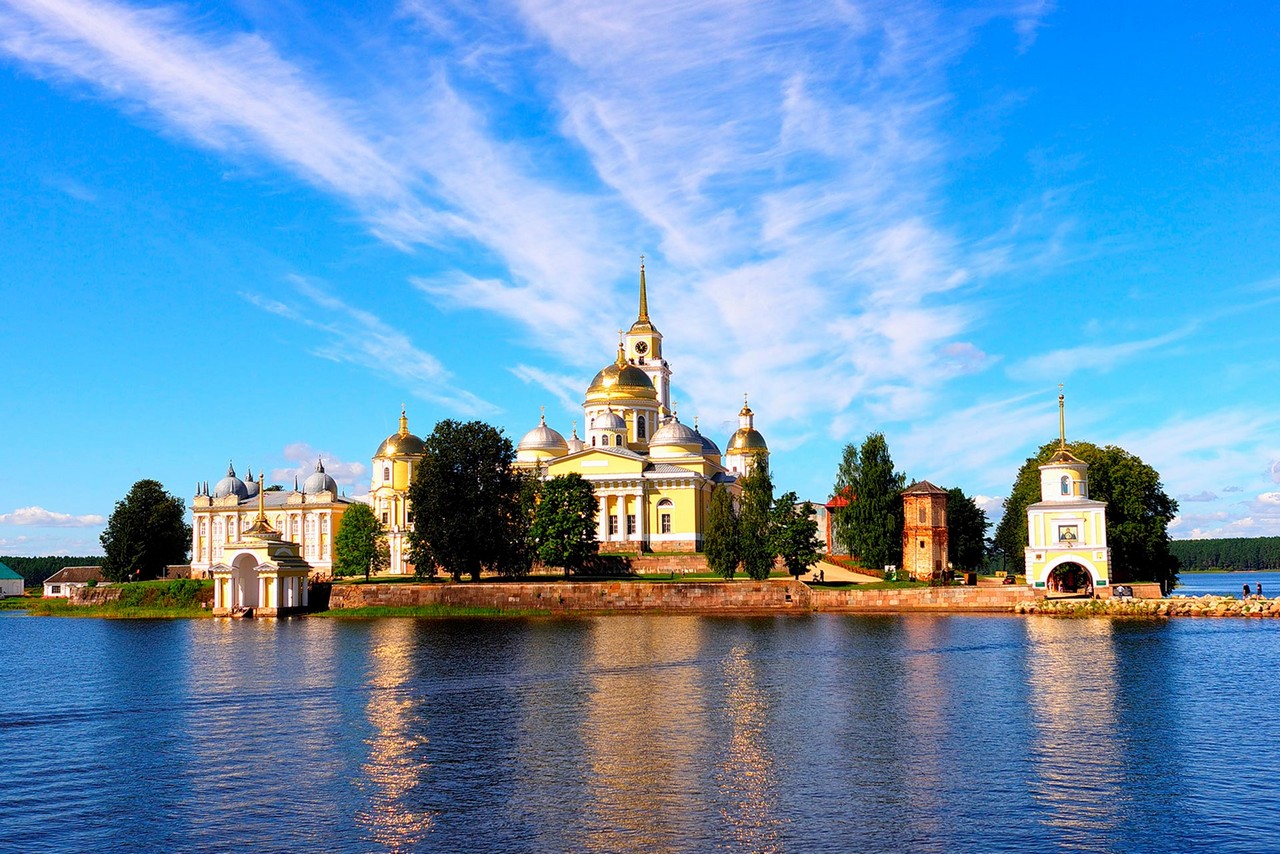
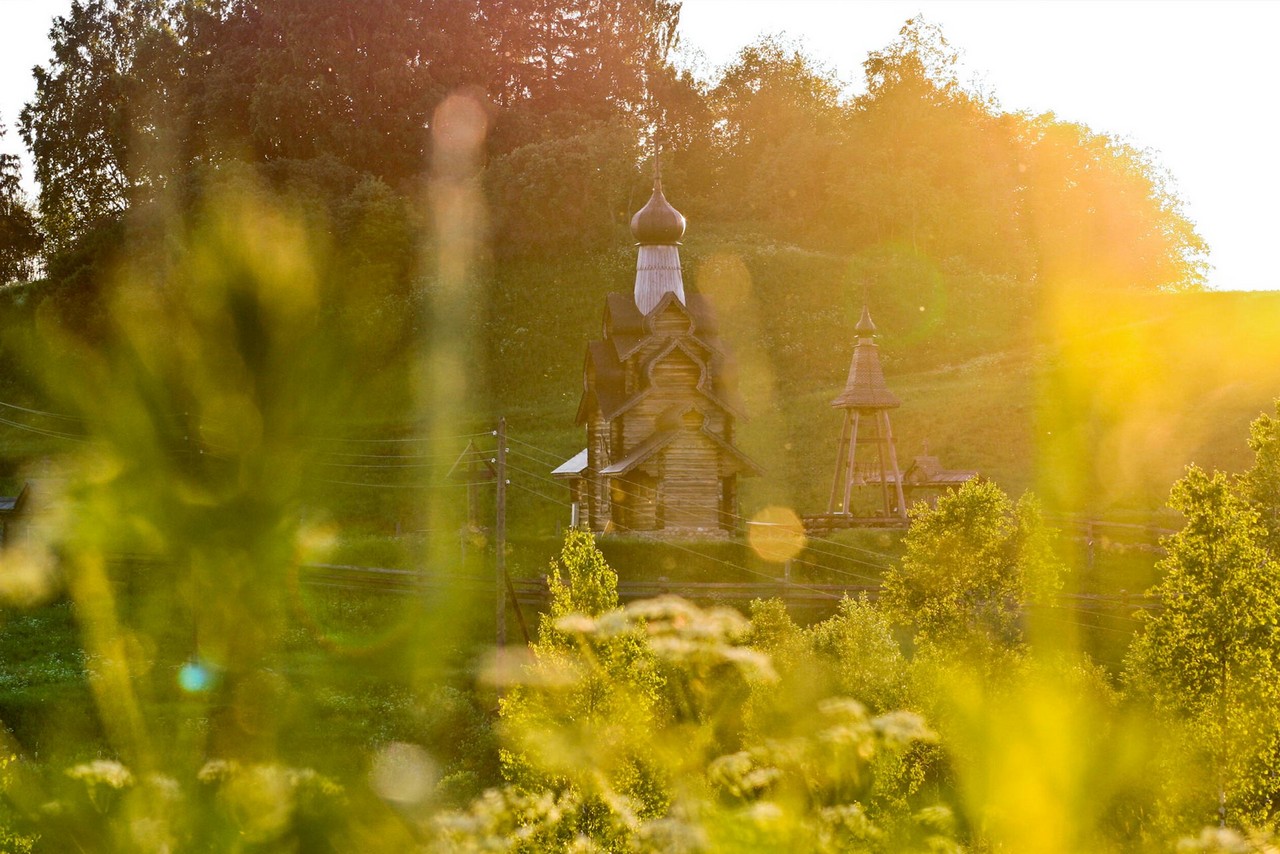
https://www.flickr.com/photos/vasilv_spb
Kalyazin
Tver Atlantida
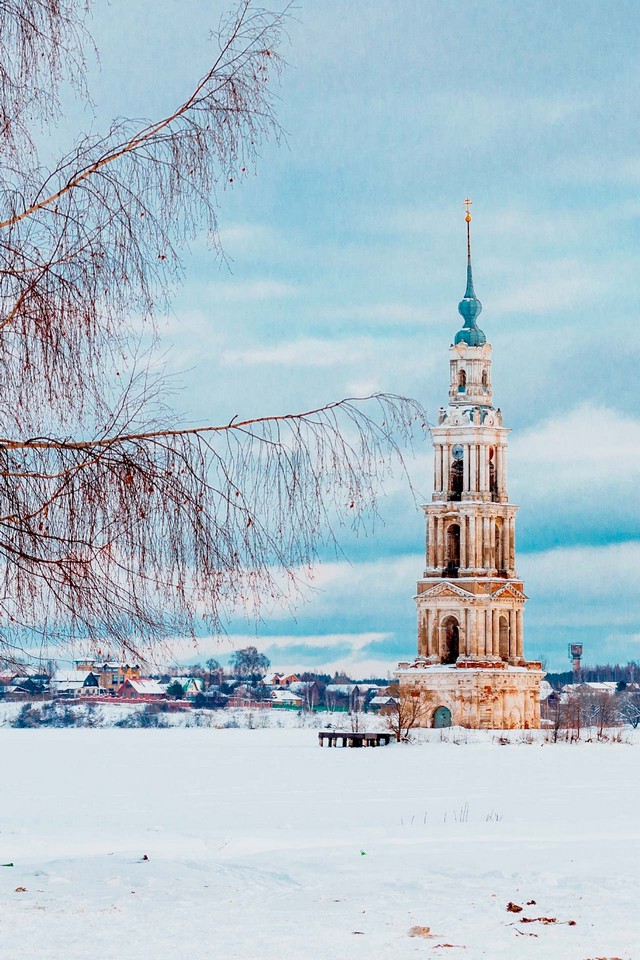
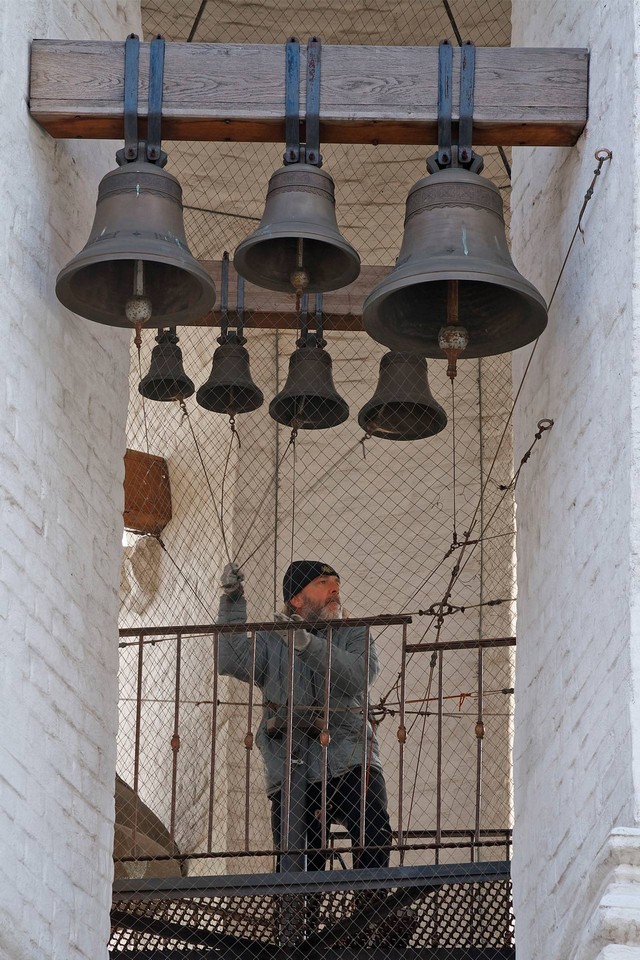
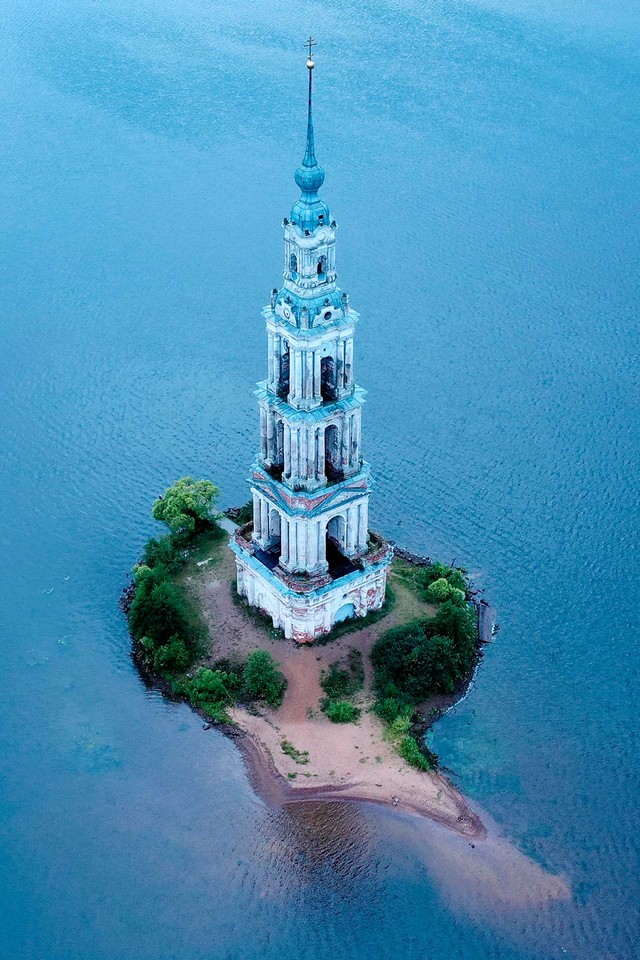
try something new
Itineraries of Central Russia
What Else
View More Destinations
want more?
More pictures inside the Gallery

